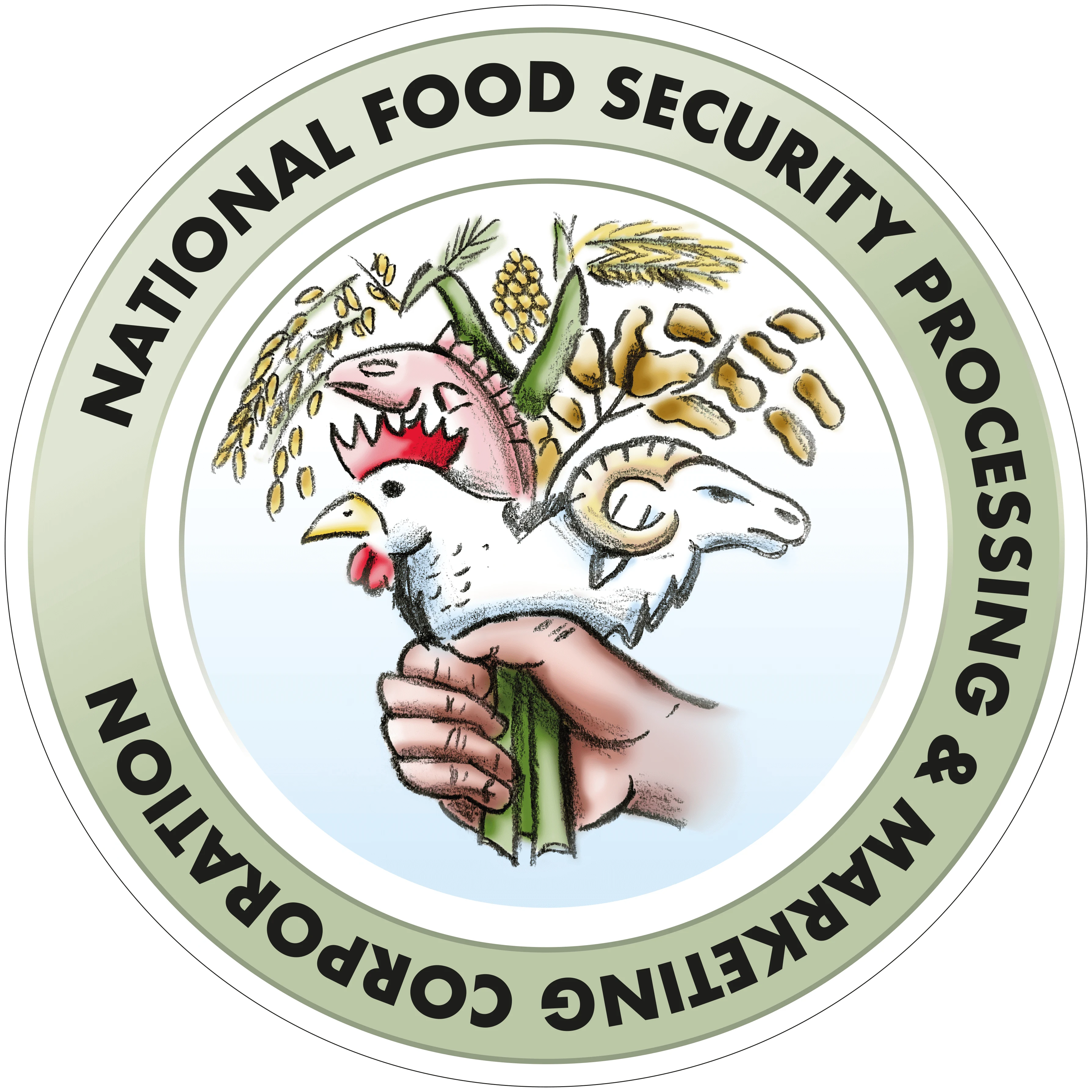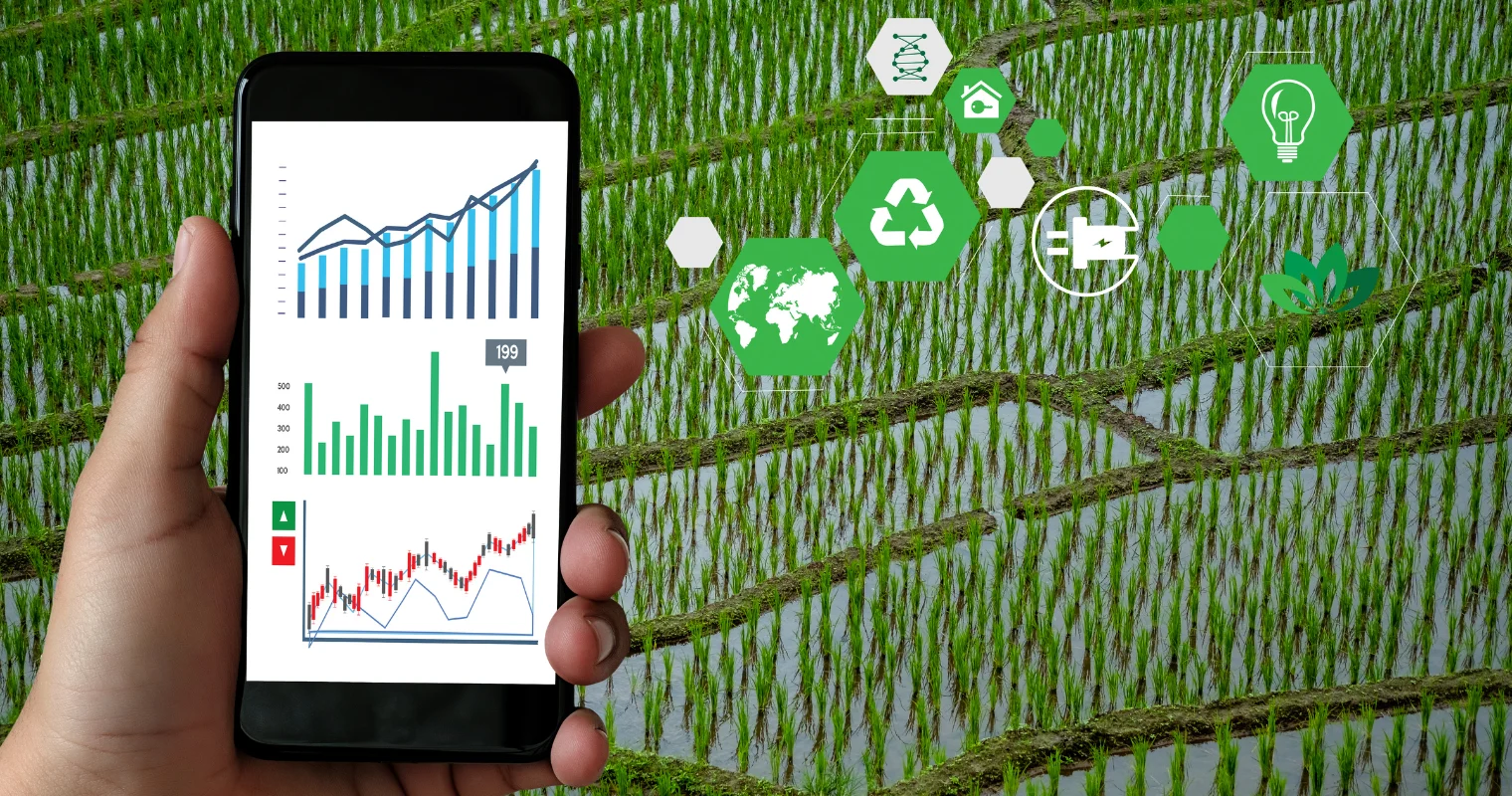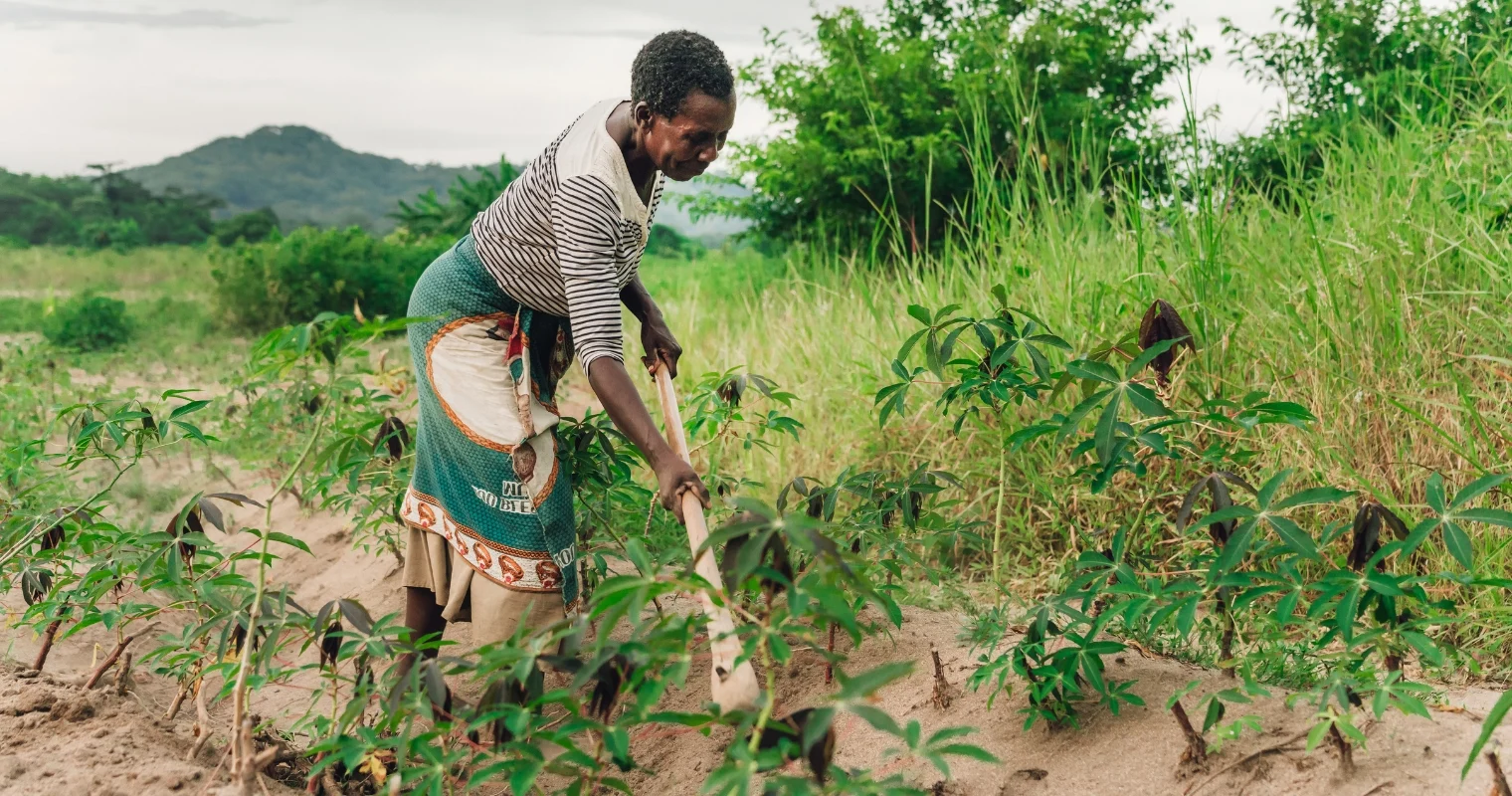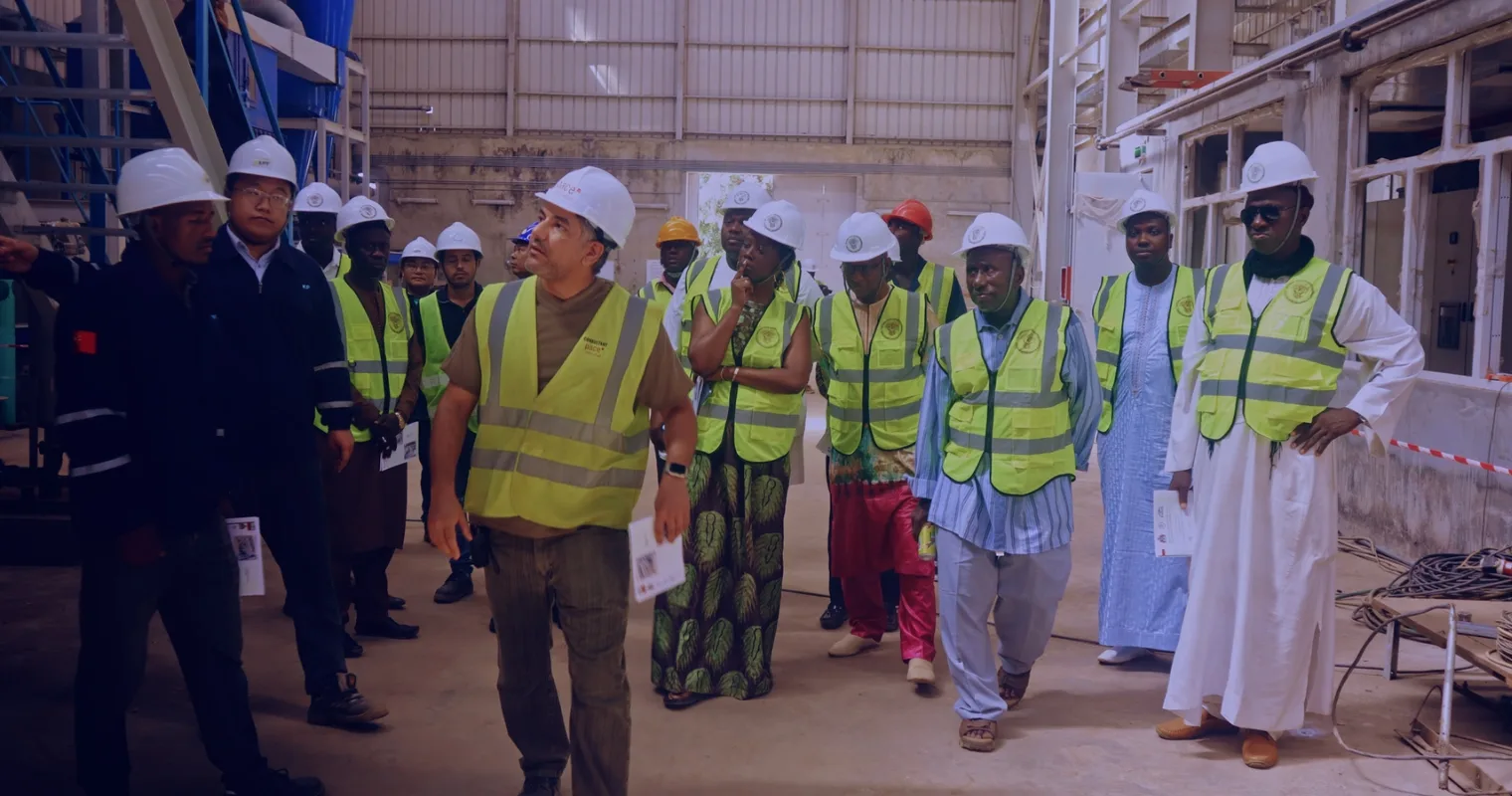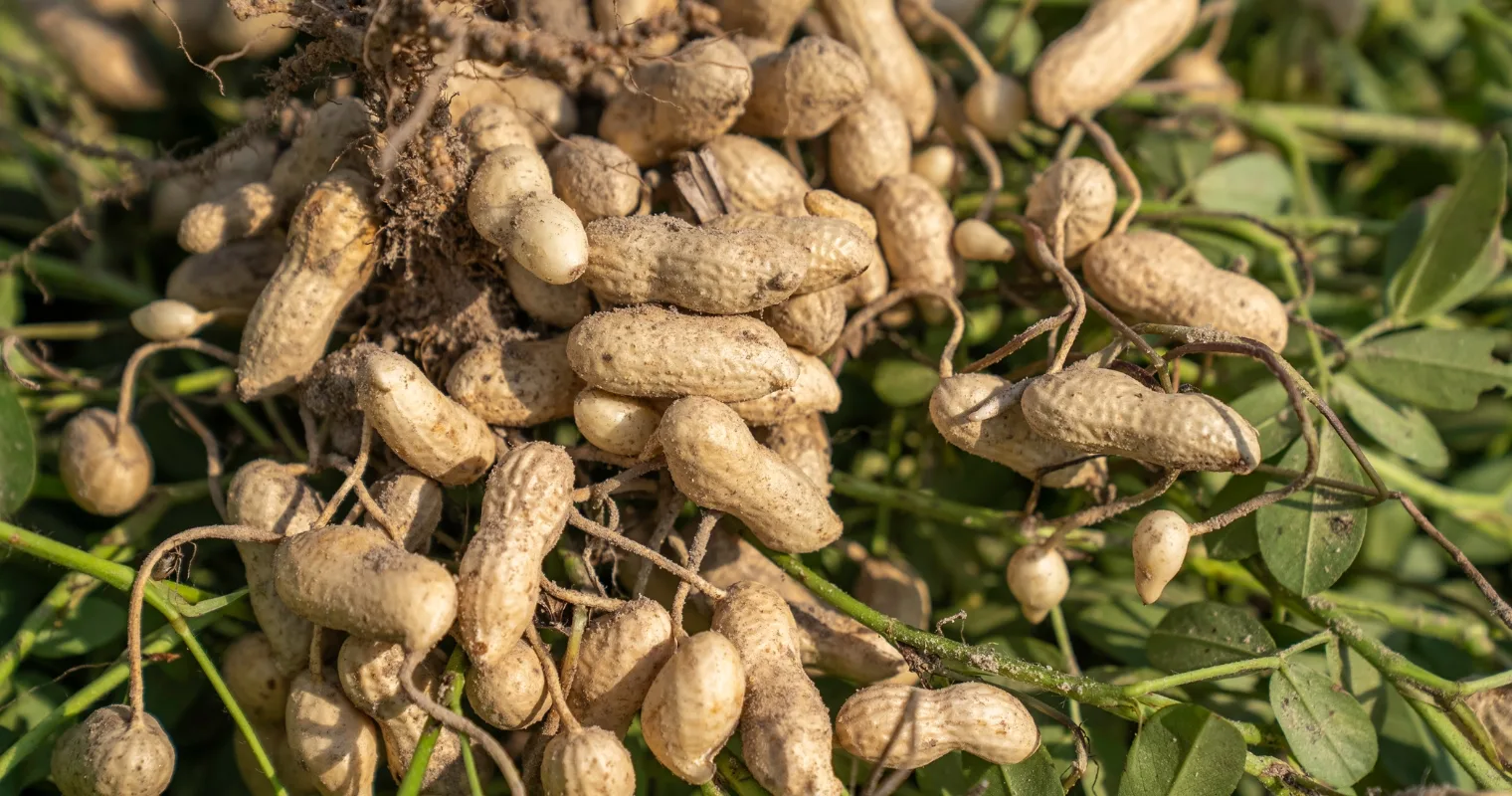
Groundnut Farming in The Gambia: Challenges and Solutions
Groundnut farming is a vital component of The Gambia's agricultural sector, contributing significantly to the country's economy and food security. Groundnuts, also known as peanuts, are a versatile crop used for various purposes, including oil extraction, food consumption, and livestock feed. However, groundnut farming in The Gambia faces numerous challenges, ranging from pest infestations to climate-related risks. Addressing these challenges is crucial for enhancing the productivity and sustainability of groundnut farming.
The Pest Problem
One of the primary challenges faced by groundnut farmers in The Gambia is pest infestations. Pests such as aphids, thrips, and leafminers can cause significant damage to groundnut crops, leading to reduced yields and economic losses. To address this challenge, farmers are adopting integrated pest management (IPM) practices, which involve using a combination of biological, cultural, and chemical methods to control pests.
IPM practices, such as crop rotation, intercropping, and the use of natural predators, help in reducing pest populations and minimizing the need for synthetic pesticides. For instance, intercropping groundnuts with repellent plants can deter pests and promote biodiversity. These practices not only enhance the sustainability of groundnut farming but also contribute to environmental conservation.
Climate Change and Groundnut Farming
Climate change poses another significant challenge to groundnut farming in The Gambia. Changes in rainfall patterns, increased temperatures, and extreme weather events can adversely affect groundnut yields. To mitigate these risks, farmers are adopting climate-smart agriculture practices, such as drought-resistant crop varieties, water-efficient irrigation systems, and agroforestry.
Drought-resistant groundnut varieties, for example, can withstand water scarcity and maintain yields even in challenging conditions. Water-efficient irrigation systems, such as drip irrigation, ensure that crops receive the optimal amount of water, enhancing their growth and productivity. Agroforestry practices, such as integrating trees with groundnut crops, provide shade, improve soil structure, and promote biodiversity, contributing to the overall health of the ecosystem.
Soil Degradation and Conservation
Soil degradation is another critical issue affecting groundnut farming in The Gambia. Intensive cultivation, inadequate soil management practices, and erosion can lead to soil depletion and reduced fertility. To address this challenge, farmers are adopting soil conservation practices, such as contour farming, terracing, and the use of cover crops.
Contour farming involves planting crops along the contours of the land to reduce soil erosion and conserve water. Terracing, on the other hand, involves creating level platforms on sloping land to prevent soil erosion and improve water retention. Cover crops, such as legumes, help in improving soil structure, enhancing water retention, and promoting nutrient cycling, thereby enhancing the productivity and sustainability of groundnut farming.
Access to Markets and Value Addition
Access to markets is a crucial factor in the success of groundnut farming. Farmers often face challenges in accessing markets due to inadequate infrastructure, lack of information, and limited bargaining power. To address this challenge, various initiatives are underway to improve market access for groundnut farmers in The Gambia.
The establishment of cooperatives, for example, enables farmers to pool resources, access markets more efficiently, and negotiate better prices for their produce. Cooperatives also facilitate value addition, such as processing groundnuts into oil or other products, enhancing the economic viability of groundnut farming.
Future Prospects
The future of groundnut farming in The Gambia lies in addressing the challenges and embracing innovative solutions. By adopting integrated pest management, climate-smart agriculture, soil conservation practices, and improving market access, farmers can enhance the productivity and sustainability of their operations.
Continued support from government agencies, non-governmental organizations, and research institutions is crucial for promoting groundnut farming in The Gambia. Through collaborative efforts and continued innovation, the country can achieve a sustainable and resilient groundnut sector that contributes to food security and economic growth.
